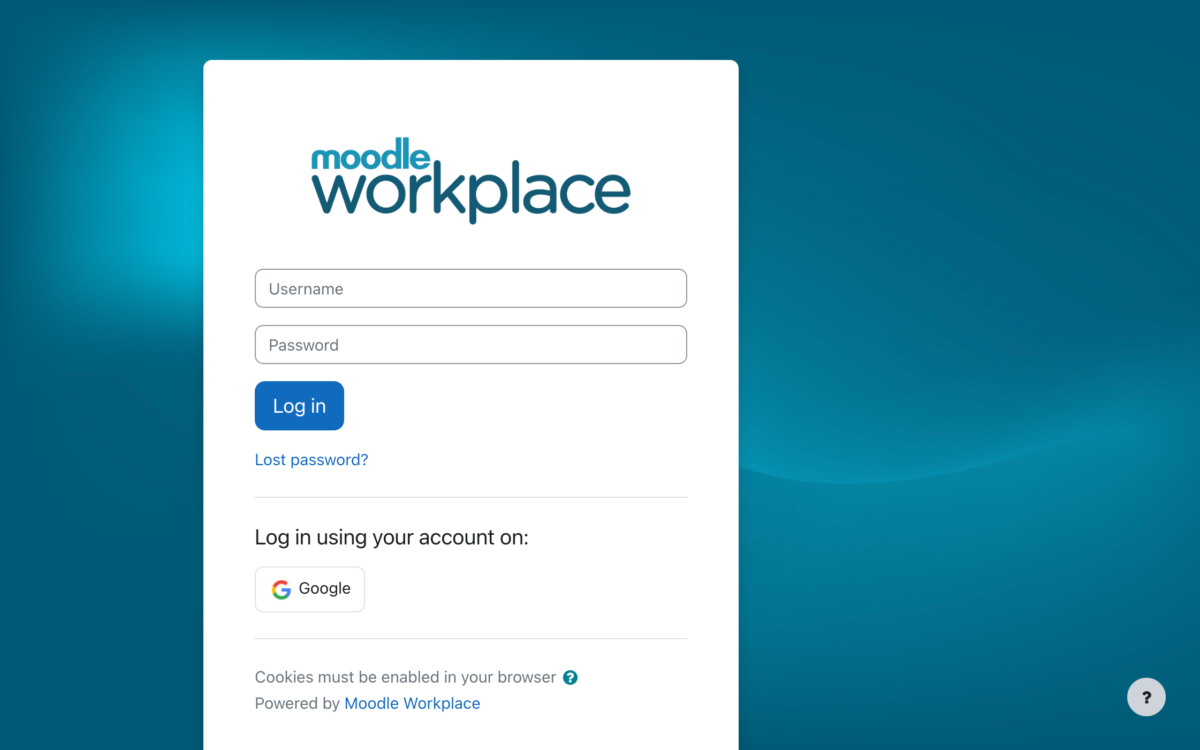Marketers have known for years that you appeal to the eye, because that is how most people absorb information. The mind fills in the message, prompted by a few choice words.
The same holds true for eLearning design. Function follows form. You can have the greatest information in the world buried in a poorly designed page and completely lose the learner.
So what are some design tips you can follow to engage online learners?
- Use compelling images that avoid copyright conflict by buying stock images or create your own.
- Text should be an easy-to-read font with plenty of white space. The worst pages are stuffed with hard-to-follow text.
- If you are conveying technical information such as graphs, use bold colours and consider animating the graphic to demonstrate the important information. Well designed infographics get results.
- Embed videos wherever possible to reinforce the text. We live in a world where video downloads are the preferred means of communication. And make sure the videos are short (1-3 minutes). See recent article on cost of video production.
- Consistency of information is important—if you are supplying ancillary material, make sure the headings follow a logical sequence.
- Navigation through the course should also be logical and easy to follow. Use large buttons that prompt the learner where to go next and let them toggle back and forth. Learners get lost easily unless the path to results is clearly marked.
- If your course material is available on mobile devices such as smart phones, ensure that the salient course features are easy to use on smaller touch screens with limited graphics capabilities.
Let’s face it, a pdf of a corporate handbook isn’t going to keep your audience coming back for more. Design creativity will help you retain learner interest and get better results.







